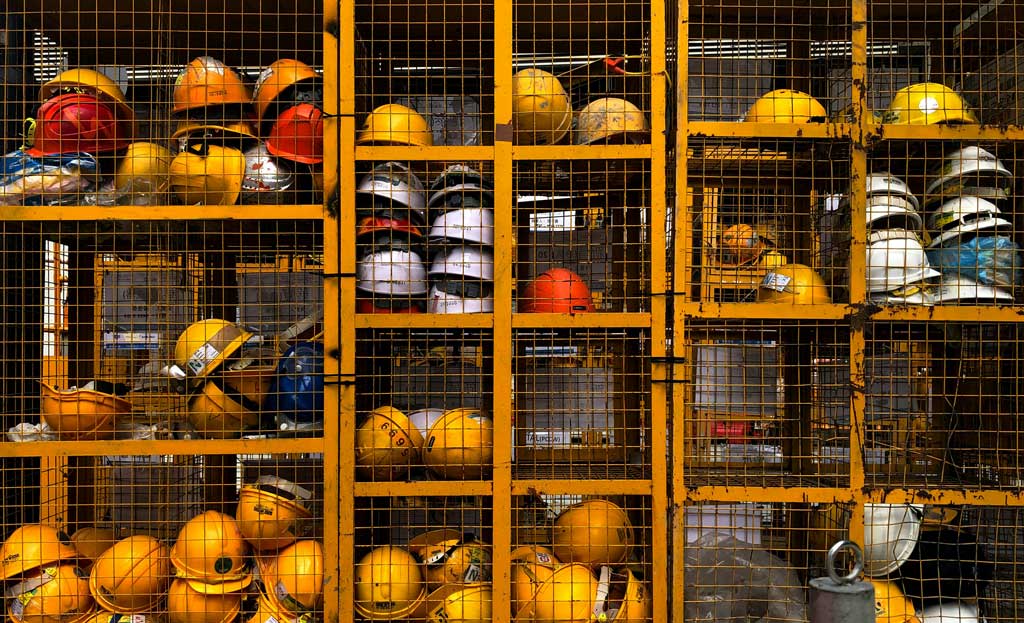Expertise
Our instructors are seasoned professionals with years of experience in the field and understand the environment.

Boost your organisation’s fire safety proficiency with our comprehensive Chief Fire Warden Course, expertly combining Chief Warden and Fire Extinguisher training into one effective program. This tailored course is meticulously crafted to meet the specific fire safety needs of your organisation, ensuring relevant and impactful learning for your team’s role as Chief Fire Wardens.
Delivered on-site, our Chief Fire Warden Course offers a dynamic and interactive learning environment. We specialise in real-life fire emergency scenarios, tailored to mirror your workplace setting. This ensures that the skills taught are not only practical but directly transferable to your specific fire safety needs.
Our course uniquely blends the leadership and strategic responsibilities of a Chief Fire Warden with the practical skills of fire extinguisher use. By understanding the diverse dynamics of professional teams, we emphasise leadership, effective communication, and teamwork in managing fire emergencies. This comprehensive approach enhances team cohesion and elevates your team’s ability to handle complex fire-related incidents confidently and competently.
Designed to fit within your organisation’s schedule, our Chief Fire Warden Course minimises disruption to your daily operations. We go beyond basic fire safety training, focusing on building confidence in emergency situations, heightened situational awareness, and preparedness for various fire emergencies. This prepares your team members to proficiently manage and lead in serious fire-related crises.
Choose our Chief Fire Warden Course for a well-rounded, effective solution to upgrade your team’s fire safety and emergency response skills. It’s a strategic investment in ensuring a safer, more proficient fire warden team for your organisation.
Students who are deemed competent will receive a Statement of Attainment, which is recognised under the Australian Qualifications Framework. This training is nationally recognised:

The RTO responsible under the National Vocational Education and Training Regulator Act 2011 for the quality of the training and assessment being delivered in this course and for the issuance of all AQF certificates is:
Intrinsic Safety trading as Rescue Group Training
RTO No. 45803
Our detailed course outline ensures a thorough grasp of:
We provide a well-rounded assessment process that encompasses both practical tasks and scenarios, as well as written theory assessments, throughout the training. This comprehensive approach ensures a thorough evaluation of your skills and knowledge, allowing you to demonstrate your competency in real-world application and theoretical understanding.
Specific assessment tasks to be undertaken include:
Course Duration & Modes
Each format is tailored to different learning styles and schedules, ensuring effective and efficient Chief Warden + Fire Extinguisher Training.
This course can be delivered/assessed in the workplace or at a facility organised by Rescue Group Training.
Our comprehensive Chief Fire Warden Course is meticulously designed to meet the unique fire safety requirements of various industries.
Healthcare Sector:
In the healthcare industry, where patient safety is paramount, our course equips staff with the skills to safely evacuate vulnerable individuals and manage fire incidents with utmost care and efficiency.
Education Sector:
Schools and universities benefit from our training by empowering staff and faculty to safeguard students and respond promptly to fire emergencies, ensuring a safe learning environment.
Hospitality Industry:
Our course is ideal for the hospitality sector, focusing on high-occupancy venues like hotels and restaurants, where quick response and effective fire management are critical.
Retail and Commercial Spaces:
Retail environments, with their diverse layouts and high foot traffic, require specialised fire warden skills. Our training ensures that staff can efficiently evacuate shoppers and employees, minimising risk and disruption.
Corporate Offices and Business Centres:
In the corporate world, our Chief Fire Warden Course prepares staff to lead and manage fire emergencies in complex office settings, ensuring employee safety and continuity of operations.
Industrial and Manufacturing Plants:
We address the specific fire safety challenges of industrial environments, providing practical skills for managing risks associated with hazardous materials and processes.
Construction Sites:
Our training is vital for construction sites, where the risk of fire can be high due to flammable materials and ongoing work. We ensure that site managers and workers are well-prepared to handle such emergencies.
Government and Public Facilities:
For public sector buildings, our course enhances the capability of staff to protect the public and themselves during fire incidents, emphasising efficient evacuation procedures and fire control measures.
Transportation Hubs:
In bustling transportation hubs, our training ensures staff are ready to manage fire emergencies effectively, protecting passengers and infrastructure.
Entertainment Venues and Theatres:
We prepare staff in entertainment venues to handle fire emergencies in spaces with complex layouts and large crowds, ensuring guest safety and quick response.
By choosing our course, your organisation gains the expertise necessary to handle fire emergencies effectively, ensuring the safety of both personnel and property.
For comprehensive details on your rights and responsibilities, including our complaints and appeals process, kindly refer to the Pre-Enrolment Participant Handbook on our website.